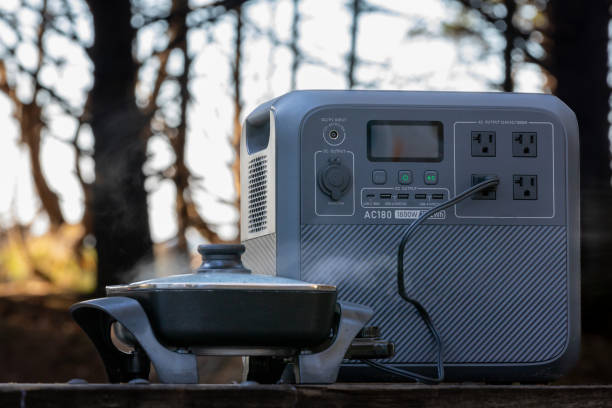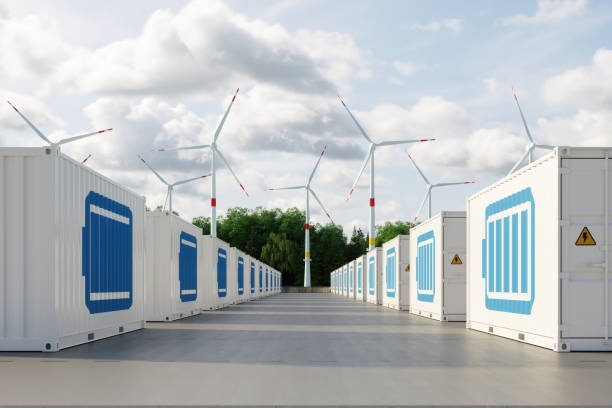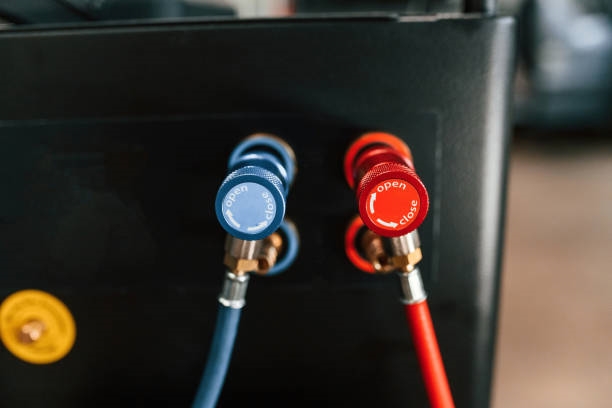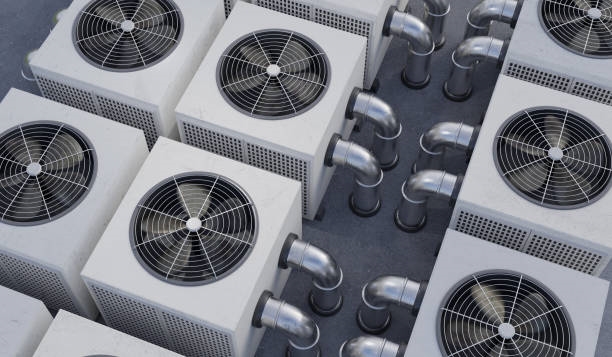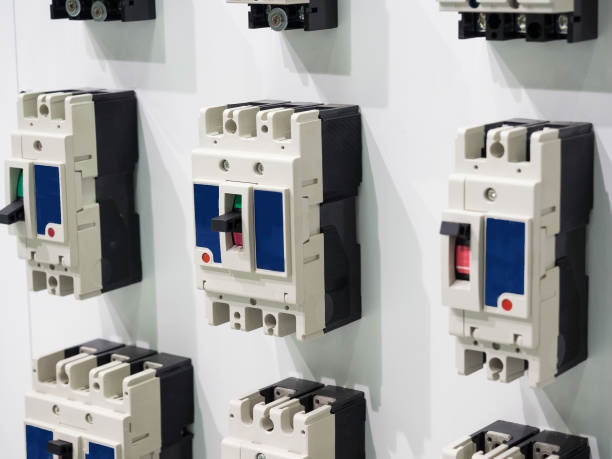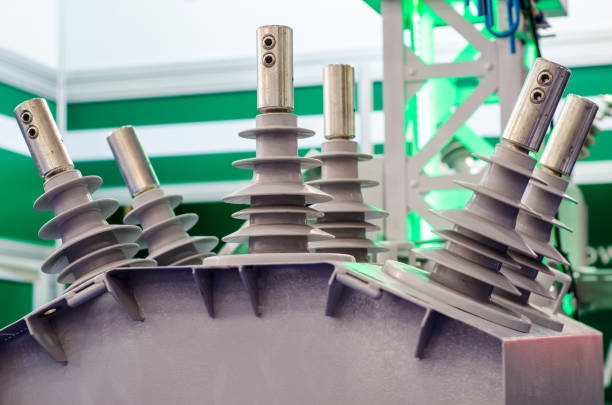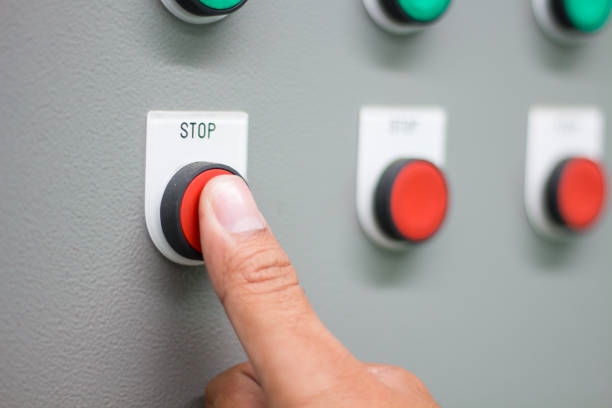Overview
Recent typhoons and heavy rainfall have caused power outages in some regions, creating extended blackouts that affect outdoor emergency repairs and construction sites. This article reviews portable energy solutions and large-capacity mobile energy stations designed to address prolonged, high-power outage scenarios commonly encountered in fieldwork and commercial locations.
Portable outdoor power supplies
Portable outdoor power supplies are multi-function, portable energy storage units that include built-in lithium-ion batteries and can be charged via conventional charging or solar charging. They can perform vehicle jump-starts and provide emergency power to various types of loads. For many household outages, compact portable units can be sufficient. However, for industrial-scale emergency work at construction or large-event sites, most market units in the 1,000 Wh to 3,000 Wh range are often inadequate.
Limitations of small-capacity units
In time-critical rescue operations or construction projects, limited battery capacity and low output power can halt progress. In hospitals, hotels, banks, or other commercial sites, sudden outages can cause significant operational disruption or losses if backup power is insufficient. Although diesel generators have traditionally been used for industrial backup, they present noise, emissions, operational complexity, and fire-safety issues, creating demand for larger-capacity, cleaner alternatives.
Large-capacity mobile energy stations
Some manufacturers have introduced large-capacity, high-power mobile energy stations aimed at industrial usage. These units extend the capabilities of portable power by providing significantly higher stored energy and output power suitable for prolonged, high-demand applications in outdoor or commercial environments.
Key specifications and operational examples
High energy capacity
Available capacity options include 22 kWh, 27 kWh, and 32 kWh. A 32 kWh unit corresponds to thirty-two 1 kWh portable units in terms of stored energy. For example, if a site consumes 3 kWh per day, a 32 kWh unit could supply power for roughly 10 days under that load.
High output power
Maximum continuous output power can reach up to 30 kW in certain mobile configurations, while standard models may provide up to 15 kW. These output levels enable charging of high-power loads such as agricultural drone batteries (12S 22 Ah), with simultaneous charging of multiple battery packs. Practical examples: a 6 kW site load can run for about 5 hours on a 32 kWh system; the system can support a 15 kW load for approximately 2 hours. At high output ratings, the station can operate many medium-power appliances in parallel, making it suitable for industrial outage scenarios.
Cycle life and lifetime costs
Many large-capacity stations use high-energy-density cell chemistries, such as ternary solid-state cells or iron-lithium variants, designed for long cycle life. Typical designs target more than 2,000 charge/discharge cycles; at one cycle every two days, this corresponds to a service life exceeding 10 years. Over the lifetime, these systems can offer lower operational and maintenance costs compared with fuel-based generators.
Safety and environmental considerations
These energy stations are designed to reduce noise and emissions compared with combustion generators. Safety features commonly include multiple layers of electrical protection, battery chemistries tested for puncture resistance, and robust circuit-level safeguards. Higher-end units also meet ingress protection ratings such as IP65 for water and dust resistance, enabling operation in harsh outdoor environments.
Modular and transportable design
To address transport and deployment constraints, some designs separate the chassis and battery modules. A typical configuration might consist of a chassis plus six standard high-energy-density battery modules, with electronic locking that prevents removal while the system is operating. Individual battery modules and the chassis are sized for manual handling: for example, single modules weighing around 28 kg and a chassis around 30 kg. When separated, two people and a small van can move the system, easing logistics compared with conventional large mobile storage units or fuel generators.
Applications
Large-capacity mobile energy stations are intended for outdoor construction, emergency rescue, event support, and commercial backup scenarios where higher stored energy and output power are required. Their capabilities help mitigate the limitations of small portable units and can reduce reliance on fuel-based backup systems in many use cases.
 ALLPCB
ALLPCB


